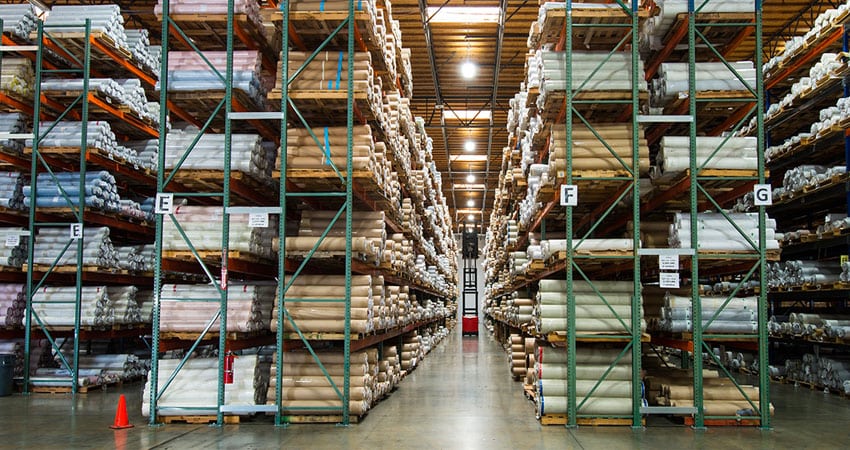Whether you’re orchestrating a move to your own facility or a different 3PL location, the process of relocating your fulfillment operations is time consuming, has many details and logistics to consider and plan.
This type of change is disruptive. Many people have problems dealing with change initially, even in the most organized businesses. Developing plans which all the stakeholders collaborate on and buy into helps minimize lost employee time and focus.
Here are six task categories you should consider in developing your fulfillment operations move:
Develop a Project Plan and Budget
Develop a comprehensive project plan and establish realistic dates for the tasks involved with the move. Task dependencies become extremely important.
Develop a budget for labor, capital (including racking, conveyance and automation) and one-time costs (fully loaded inventory move costs) associated with moving your fulfillment operations to the new facility. For most companies it’s not realistic to reuse existing material handling equipment and racking from an existing facility. Other assets like forklifts can be rented until the old facility is shut down.
The fully loaded cost of the move may surprise you. Even for a 15-mile trip the cost of transportation, loading/unloading/put-away, overtime and contingencies might average between $200 and $300 per load. There are only 24-26 single stack pallets per trailer truck load. Large facilities take hundreds of loads to transport inventory.
Communicate with Customers and All Stakeholders
Establishing a reliable opening date based on the planning is essential. Make a list of all parties that need to know about the new facility including suppliers, manufacturers, common carriers, expedited shippers, the phone company and the U.S. Postal Service, to name a few.
If your business is direct to customer, you’ll need to tell customers where to send returns. This necessitates changing the website and the return instructions on the shipping documents.
If you also have a wholesale channel, communicating with customers so they understand the new shipping location and any changes which could affect their order processing and IT systems. Are there any dates where service will be suspended? Are there changes in systems or processes that need to be communicated? If the opening date has to change, communicate this as early as you can.
Plan Sufficient Time
With smaller footprint facilities, it may take only a couple months. But moving larger, more complex fulfillment operations can often take six months from the time you gain access to the building. The facility may need some adjustment in terms of leasehold improvements, racking and material handling equipment. New conveyor systems and automation are often on a minimum 8-12-week delivery timeframe once the design is completed and purchase orders written, which can take 4-6 weeks. This does not include installation and testing of conveyance and automation.
Overlap Operations and Expenses
For some period of time, you will have two facilities operational. Early on a skeleton staff may be in the new facility; later on, they will be needed to close up the old facility. What contractual obligations do you have for totally removing racking and automation and emptying the facility? What additional payroll dollars for overtime or temporary workers will you require? Will you need to pay bonuses to ensure workers stay until the end?
Estimate Lost Productivity
Evaluate how much time it will take to get the new facility up to its target goals. This is often both a cost and operational issue that doesn’t get enough planning recognition. For a large new facility and new employees, it might take six months or longer.
Inventory Best Practices
You want to move as little inventory as you can to the new facility, considering the costs above. The best practice is to allow sales and inventory turnover to run down inventory positions. Determine the date you can begin writing purchase orders to vendors for new product deliveries to the new facility.
New facilities often start out with inaccurate stock counts. In terms of transferring inventory, perform a physical inventory. Map out the new facility’s storage and identify where each SKU is going. Try to not create mixed boxes of different SKUs. Palletize and identify new stock locations; don’t move loose cases of product. This is the most accurate way to move the inventory.
Accurate planning that hits on all these points will ensure the success of your fulfillment operations move. There will be dozens of tasks and dependencies required to efficiently move in, control costs and manage business risk by minimizing disruptions and downtime.
Curt Barry is Founder and Chairman of F. Curtis Barry & Company


It’s always best to be over prepared. There are so many moving parts. And you should always leave extra time. In a big scale operation like this there can always be set backs.